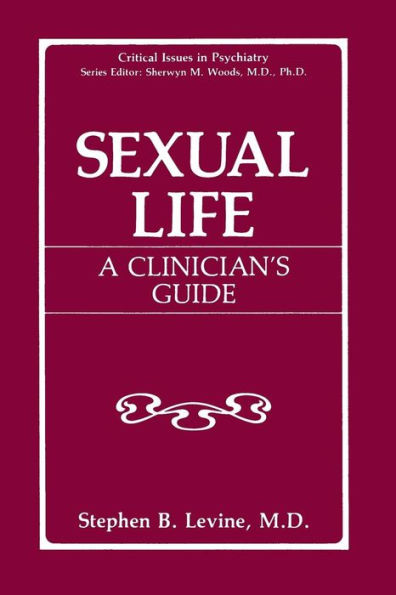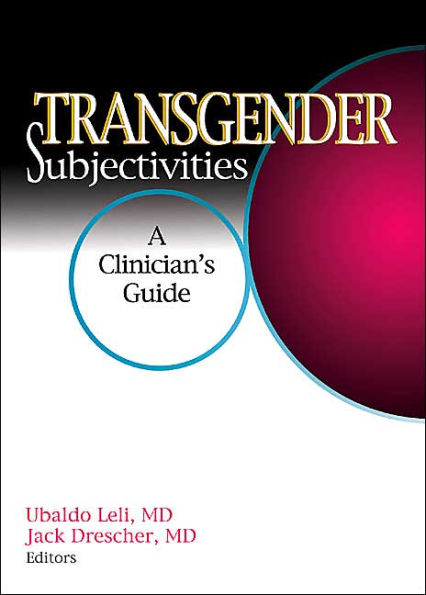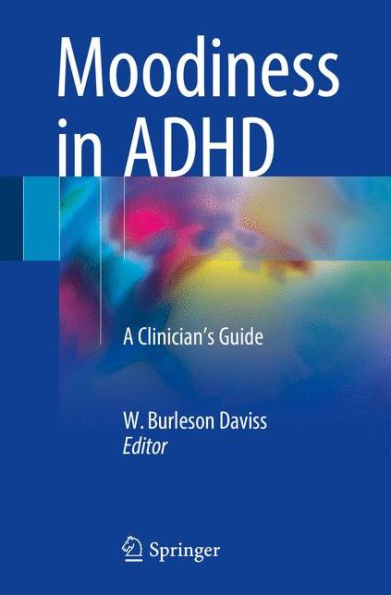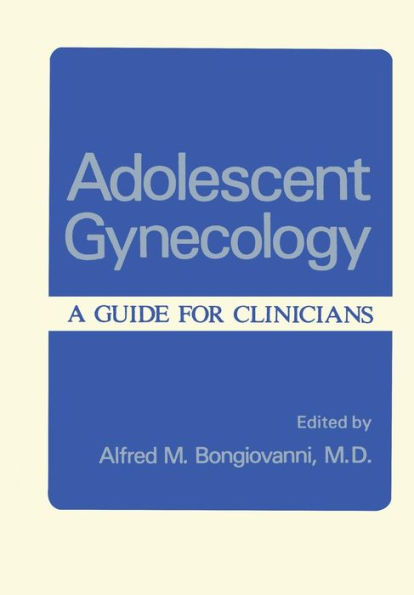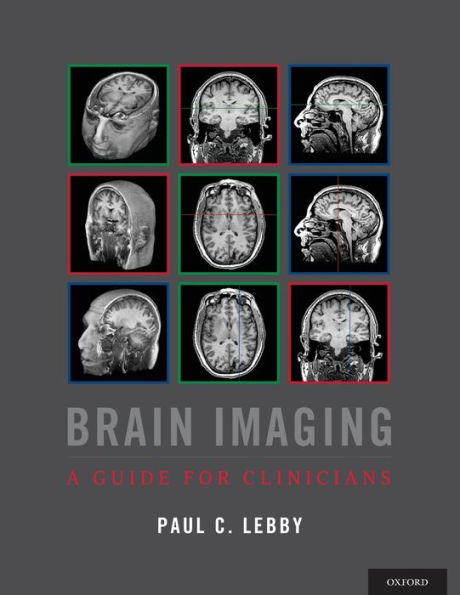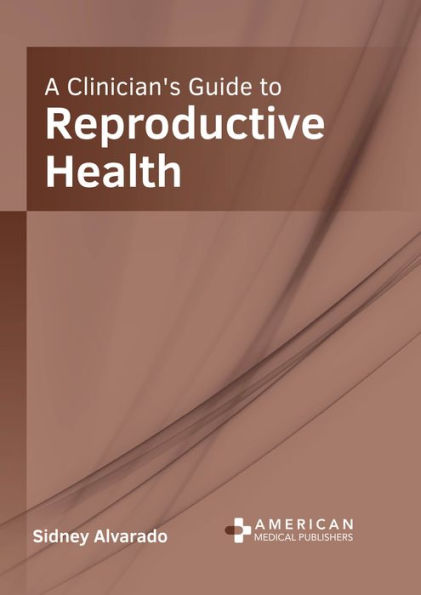Home
Ciliopathies: A reference for clinicians
Barnes and Noble
Ciliopathies: A reference for clinicians
Current price: $125.00
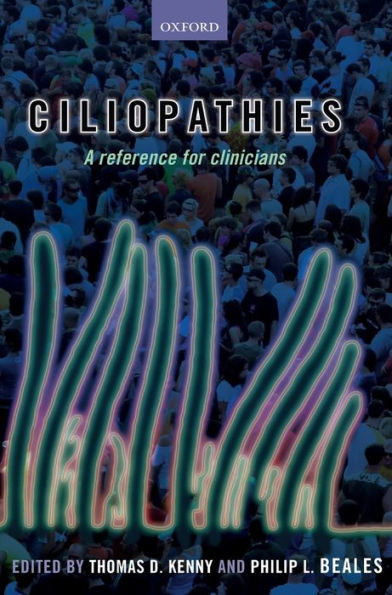

Barnes and Noble
Ciliopathies: A reference for clinicians
Current price: $125.00
Size: OS
Loading Inventory...
*Product information may vary - to confirm product availability, pricing, shipping and return information please contact Barnes and Noble
The ciliopathies are a group of rare diseases that often affect multiple systems within the body, and are caused by defects in the function or structure of cilia. When cilia go wrong, there are profound consequences; these are discussed in detail for the first time in
Ciliopathies: a reference for clinicians
.
The book provides a clinical overview and reference to this newly emergent group of disorders ranging from Alstrom syndrome to putative ciliopathic disorders. Each chapter provides an in-depth discussion on a specific disorder, including the latest scientific research together with a description of its features, and practical guidelines on diagnosis. The authors also examine the evidence for dysfunction of cilia in cancer and more common disorders.
will appeal to those involved in the care of patients with ciliopathies, including specialists in the fields of nephrology, diabetes, cardiology, and ophthalmology, and non-clinical researchers interested in cilia biology.
Ciliopathies: a reference for clinicians
.
The book provides a clinical overview and reference to this newly emergent group of disorders ranging from Alstrom syndrome to putative ciliopathic disorders. Each chapter provides an in-depth discussion on a specific disorder, including the latest scientific research together with a description of its features, and practical guidelines on diagnosis. The authors also examine the evidence for dysfunction of cilia in cancer and more common disorders.
will appeal to those involved in the care of patients with ciliopathies, including specialists in the fields of nephrology, diabetes, cardiology, and ophthalmology, and non-clinical researchers interested in cilia biology.



